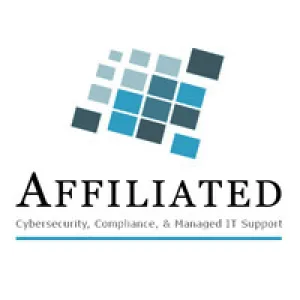July 20, 2025
Not all audits are created equal. For
defense contractors, the stakes are higher, and the timelines are tighter. But
some of the best practices from that world can save any mid-sized manufacturer
time, money, and stress.
CMMC, NIST, DFARS—yes, they're acronyms.
But for CFOs who've weathered them, they represent discipline. And that
discipline often comes down to proactive documentation, clear role ownership,
and fewer assumptions.
One manufacturer in Ohio built a simple
crosswalk between their ERP, document retention policy, and compliance
checklist. Each system output had a named owner, a review date, and a backup
method. Their CMMC pre-assessment had zero findings.
"Clarity
is kindness—especially when it comes to compliance." — Brené Brown, researcher
and leadership author
A similar-sized peer delayed writing
their incident response policy. When a small phishing event required a report,
they couldn't prove controls were in place. The auditor's response: come back
in 60 days. That delay cost them the subcontract.
"Amateurs
react. Professionals prepare." — General James Mattis
Borrow from defense CFOs: ask these at
your next leadership meeting:
- Who owns our compliance documentation—and who reviews it?
- If a regulator asked for our last system log, could we deliver it within 24 hours?
- Do we have version-controlled policies tied to our IT operations calendar?
- When's the last time we ran a tabletop test of our incident response?
5 compliance hygiene wins to adopt
now:
- Align policy owners to system owners (not just job titles)
- Use a shared audit calendar for IT, finance, and compliance
- Schedule biannual documentation reviews tied to board prep
- Store test logs and drill reports in an auditor-friendly folder
- Print and post escalation plans in your IT/finance war room
Compliance isn't about fear—it's about
systems. Borrow from folks who get it right when the pressure's highest.




